Archives
- 2025-11
- 2025-10
- 2025-09
- 2025-03
- 2025-02
- 2025-01
- 2024-12
- 2024-11
- 2024-10
- 2024-09
- 2024-08
- 2024-07
- 2024-06
- 2024-05
- 2024-04
- 2024-03
- 2024-02
- 2024-01
- 2023-12
- 2023-11
- 2023-10
- 2023-09
- 2023-08
- 2023-07
- 2023-06
- 2023-05
- 2023-04
- 2023-03
- 2023-02
- 2023-01
- 2022-12
- 2022-11
- 2022-10
- 2022-09
- 2022-08
- 2022-07
- 2022-06
- 2022-05
- 2022-04
- 2022-03
- 2022-02
- 2022-01
- 2021-12
- 2021-11
- 2021-10
- 2021-09
- 2021-08
- 2021-07
- 2021-06
- 2021-05
- 2021-04
- 2021-03
- 2021-02
- 2021-01
- 2020-12
- 2020-11
- 2020-10
- 2020-09
- 2020-08
- 2020-07
- 2020-06
- 2020-05
- 2020-04
- 2020-03
- 2020-02
- 2020-01
- 2019-12
- 2019-11
- 2019-10
- 2019-09
- 2019-08
- 2019-07
- 2019-06
- 2019-05
- 2019-04
- 2018-07
-
Two major categories of arginase inhibitors
2023-08-31
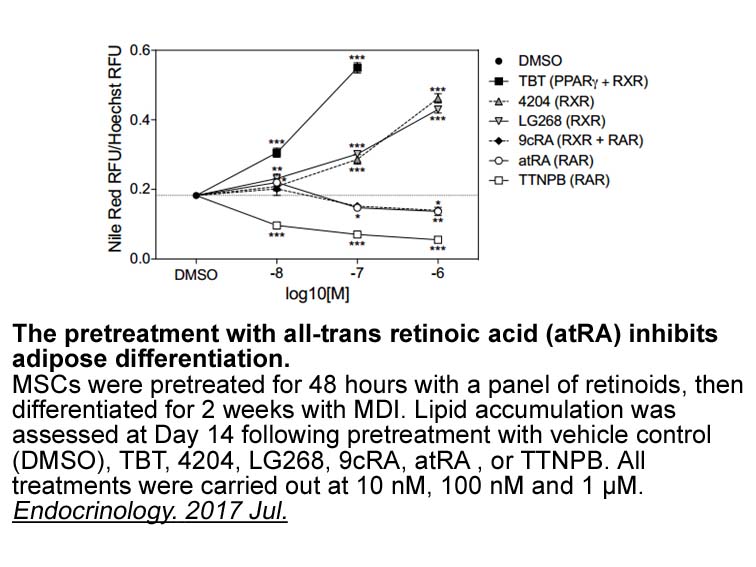
Two major categories of arginase inhibitors have been distinguished (Fig. 3): the first category comprises synthetic arginase inhibitors, which have been developed from the substrate l-arginine [35]; and the second category includes inhibitors derived from natural products [36]. The category of synt
-
br Removal of therapeutic doses of antibiotics from Marek
2023-08-31

Removal of therapeutic doses of Cyprodime hydrochloride from Marek’s Disease Vaccines The impact of this change seems to vary widely among operations, probably dependent on the pre-existing quality of hatching egg production, hatchery sanitation, hatchery management, and brooding management. Inc
-
Recent studies have supported the existence of
2023-08-31
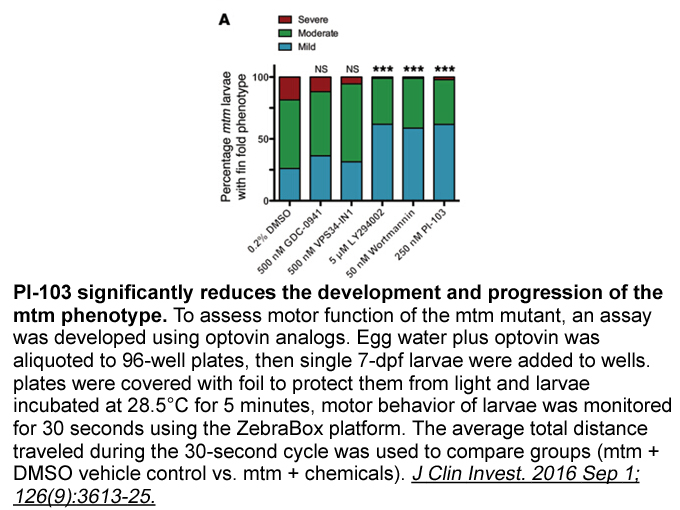
Recent studies have supported the existence of an inward RAS regulatory mechanism in which AT1 receptors downregulate angiotensin-converting enzyme 2 (ACE2) and subsequently impair angiotensin-(1-7) generation and MAS functionality (Jessup et al., 2006, Gallagher et al., 2008, Xia et al., 2009, Pern
-
flap inhibitor br AR expression in breast tissue Although an
2023-08-31
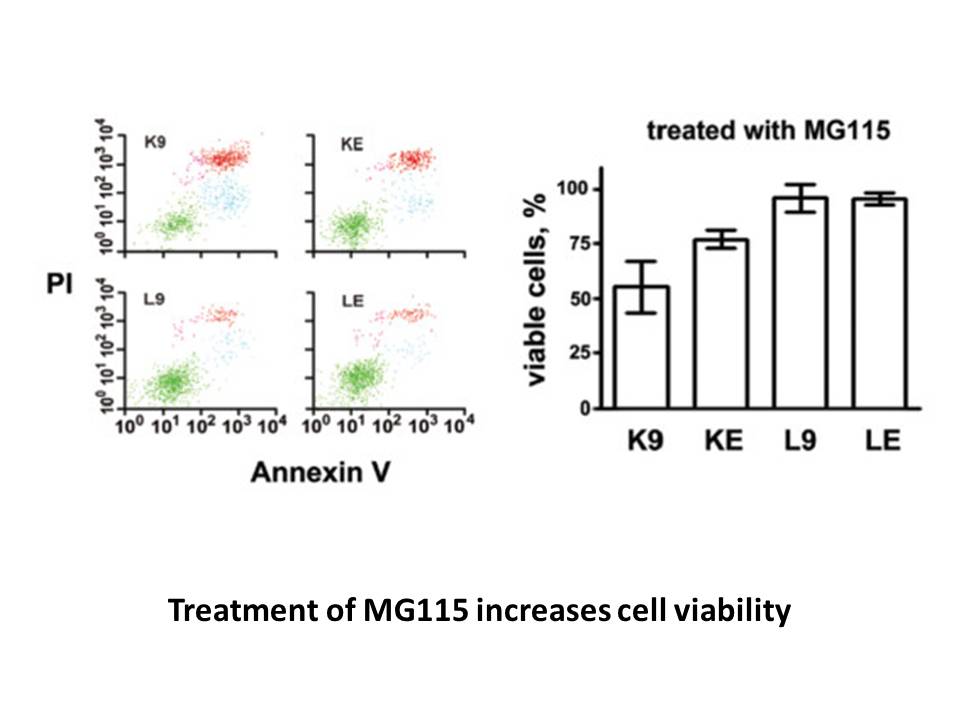
AR expression in breast tissue Although androgenic signalling is chiefly associated with the development and maintenance of primary and secondary male characteristics, especially during puberty when the testes are by far the major source of testosterone, the AR also plays important functions in f
-
Recent genome wide association studies have indicated
2023-08-31
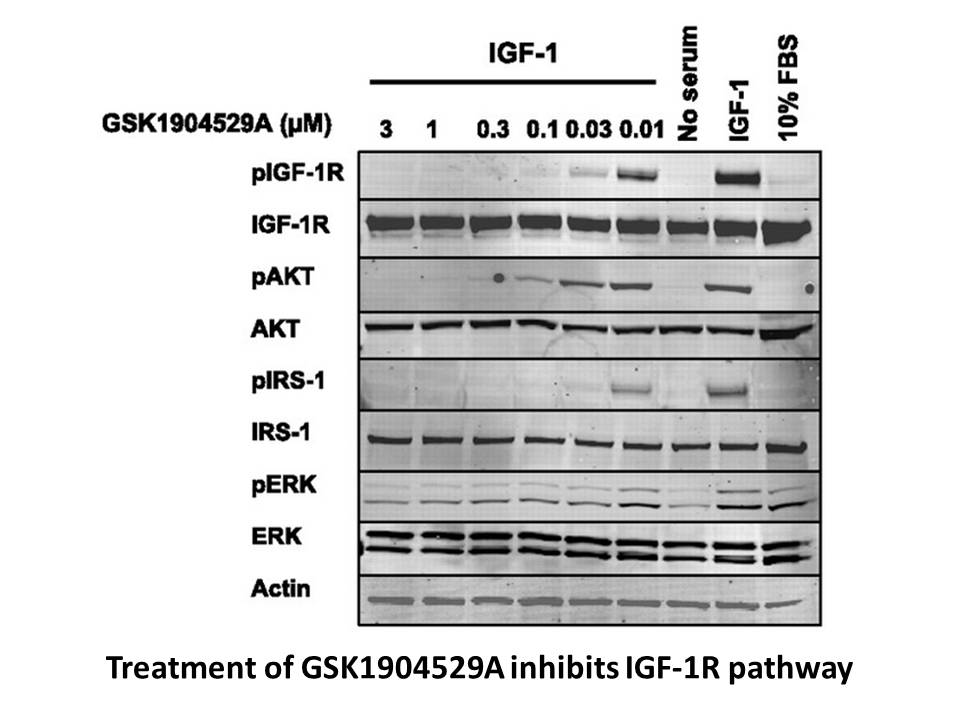
Recent genome-wide association studies have indicated SORL1 as a risk factor for AD (Meng et al., 2007, Rogaeva et al., 2007, Wen et al., 2013). SORL1, is expressed in neurons (Yin et al., 2015) and also regulates APP traffic from the cell membrane to the Golgi apparatus. A reduction in its expressi
-
br Conclusion br Conflict of interest br Acknowledgements
2023-08-31
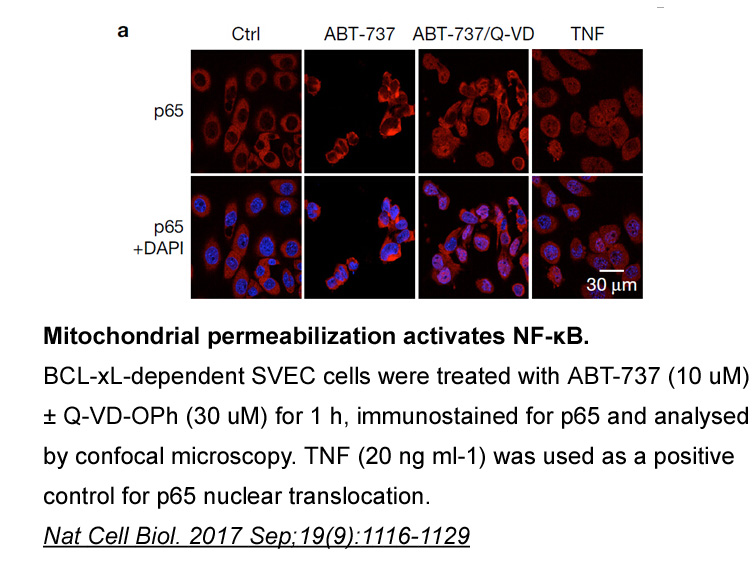
Conclusion Conflict of interest Acknowledgements Introduction Human salivary aldehyde dehydrogenase (hsALDH) (E.C. 1.2.1.5) is the first line of defence against toxic aldehydes in the oral cavity. HsALDH is primarily a dimeric, class 3 ALDH (ALDH3A1) specific for aromatic and long/medium
-
Thus we presumed that ALDH A
2023-08-31
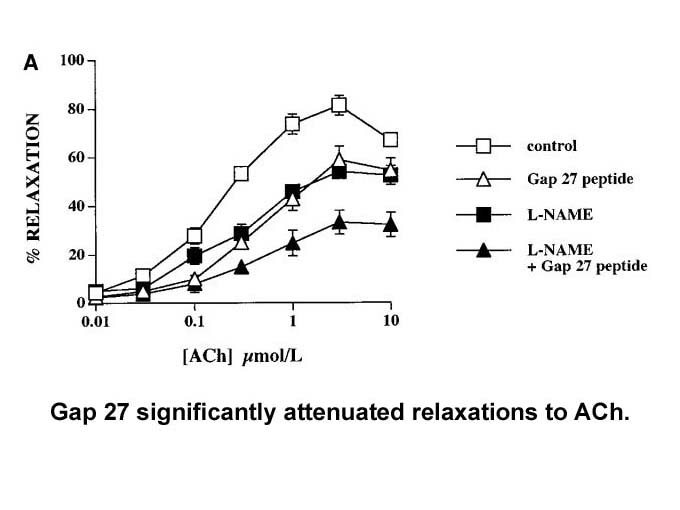
Thus, we presumed that ALDH1A3 might play an important role in TMZ-chemoresistance in glioblastoma patients. As we expected, the glioblastoma cell lines and primary glioma Anti-cancer Compound Library mg were more sensitive to TMZ treatment when ALDH1A3 was inhibited or depleted. Consistently, it ha
-
During the course of our ACK
2023-08-30
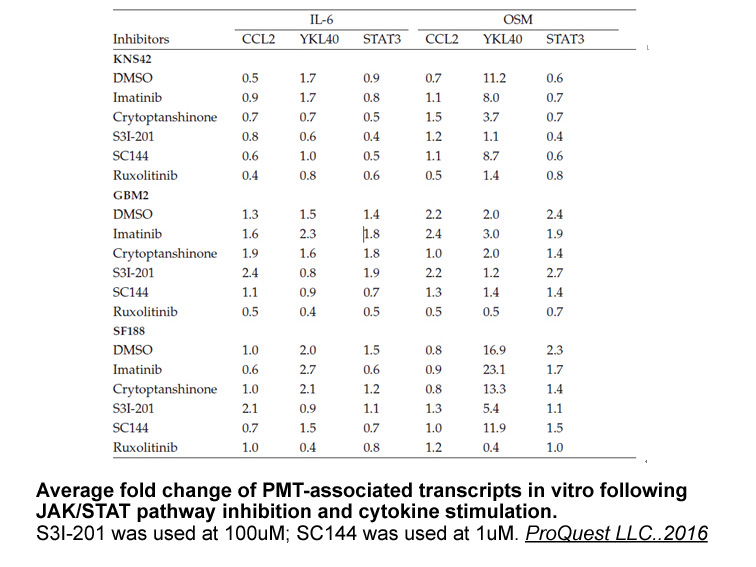
During the course of our ACK1 inhibitor program, a high-throughput screening (HTS) campaign of our internal sample collection was conducted. A series of -aryl pyrimidine-5-carboxamides of the general structure () was identified. Earlier studies of the structure–activity relationship (SAR) of ident
-
br Conclusions and future directions Translation of the
2023-08-30
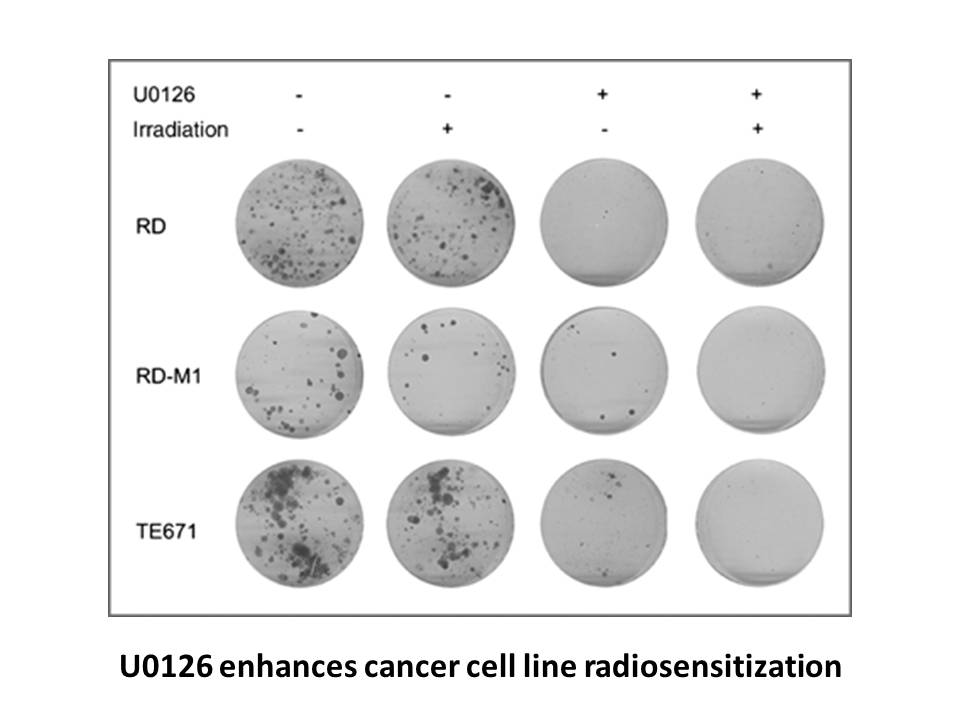
Conclusions and future directions Translation of the therapy to human MG will require a substitute adjuvant for IFA. Most human vaccines use aluminum salts (alum) as adjuvants. Both IFA and alum selectively promote antibody dominated Th 2 immune responses, rather than T killer cell dominated Th 1
-
The srd a isoforms showed unique expression profiles in earl
2023-08-30
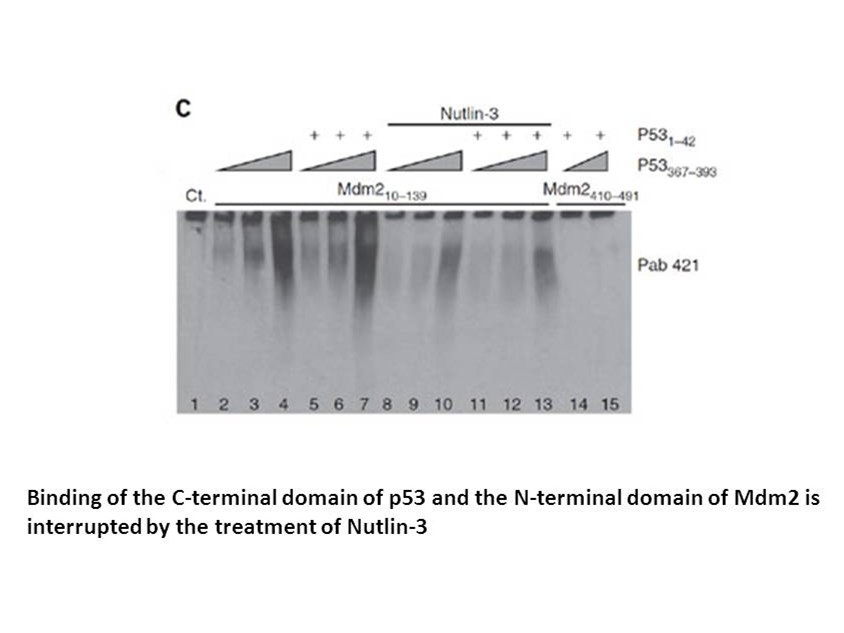
The srd5a isoforms showed unique expression profiles in early FHM development (Fig. 2). Similar to amphibian embryos, there was a high abundance of both srd5a1 and srd5a3 at 1dpf in FHMs, suggesting that mRNA for these enzymes may be maternally deposited and that these enzymes may play a key role in
-
The observation that vortioxetine blocks HT induced
2023-08-30
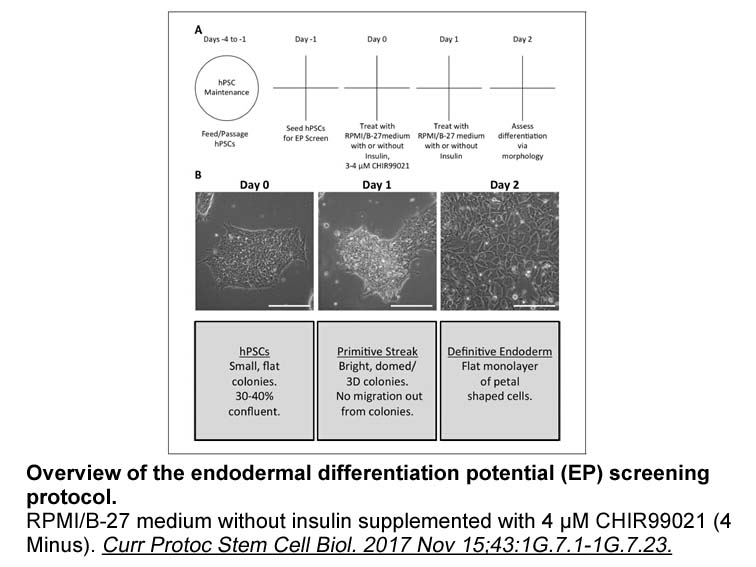
The observation that vortioxetine blocks 5-HT-induced currents in 5-HT3 receptor-expressing oocytes suggests that vortioxetine acts to functionally antagonize these receptors, and is in line with previously published data (Bang-Andersen et al., 2011). For example, Mørk et al. (2012) demonstrated th
-
The present study has several limitations First the results
2023-08-30
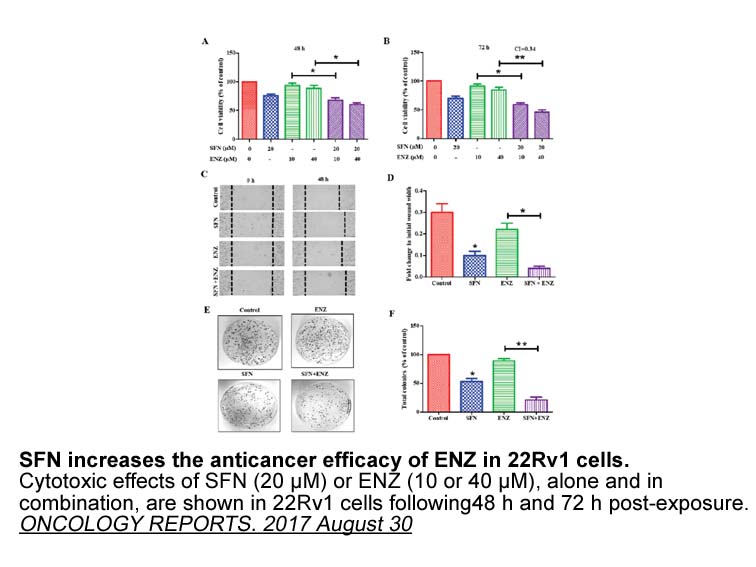
The present study has several limitations. First, the results were obtained using RAW264.7 cells, which are derived from BALB/c mice infected with the Abelson leukemia virus (Raschke et al., 1978). However, these cells, which are a commonly used mouse macrophage cell line, show properties similar to
-
The synthesis of compounds in which the ethyl
2023-08-30
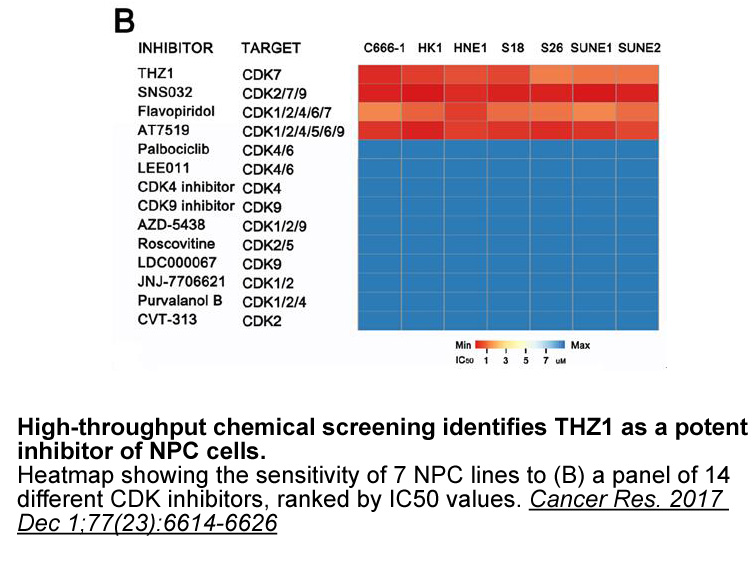
The synthesis of compounds in which the ethyl linker has been modified to the carbamate and urea derivatives , and is shown in . Thus the diamine was reacted with glycolic p53 apoptosis to give the alcohol followed by Mitsunobu reaction with phthalimide to give . Deprotection with hydrazine gav
-
enzastaurin br Conclusions and future direction ER PgR
2023-08-30
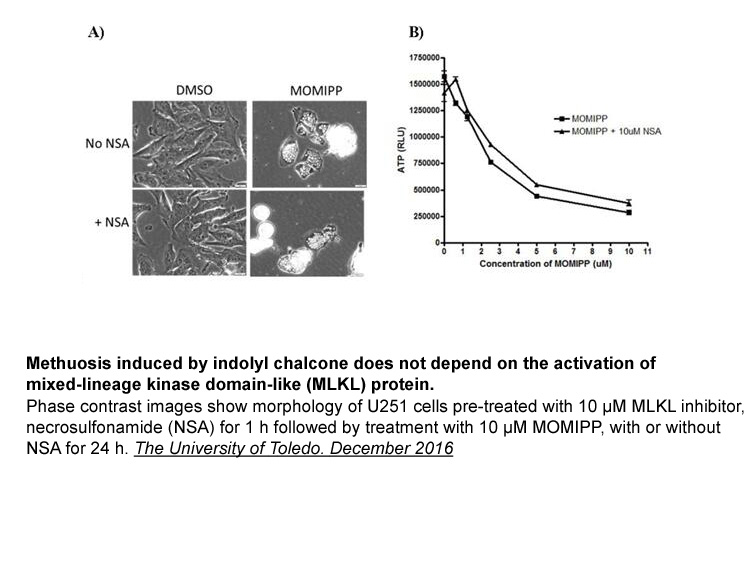
Conclusions and future direction ER(−)/PgR(+) breast cancers have a distinct clinical course, response to treatment, and molecular features when compared to other breast cancer types, however some of them are actually technical artifacts or consequences of too high definitions of positivity. Acco
-
The uterine muscle also changes
2023-08-30
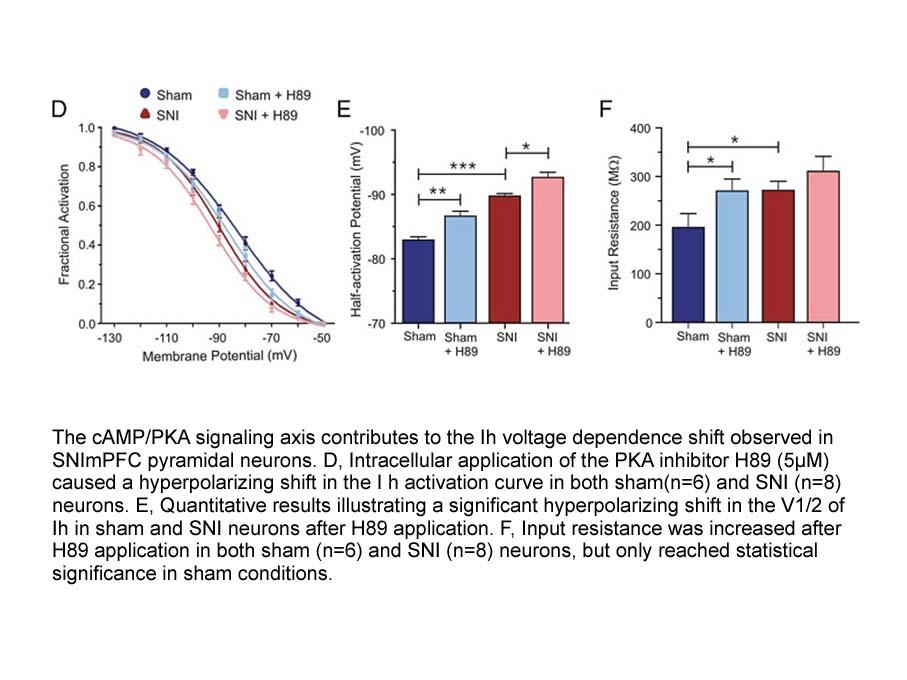
The uterine muscle also changes to meet the demands of pregnancy. Over the course of pregnancy, the myometrium undergoes structural remodeling to accommodate a growing fetus, followed by a functional switch from quiescent to contractile characteristics for parturition. Studies on the mouse model ind
15569 records 289/1038 page Previous Next First page 上5页 286287288289290 下5页 Last page